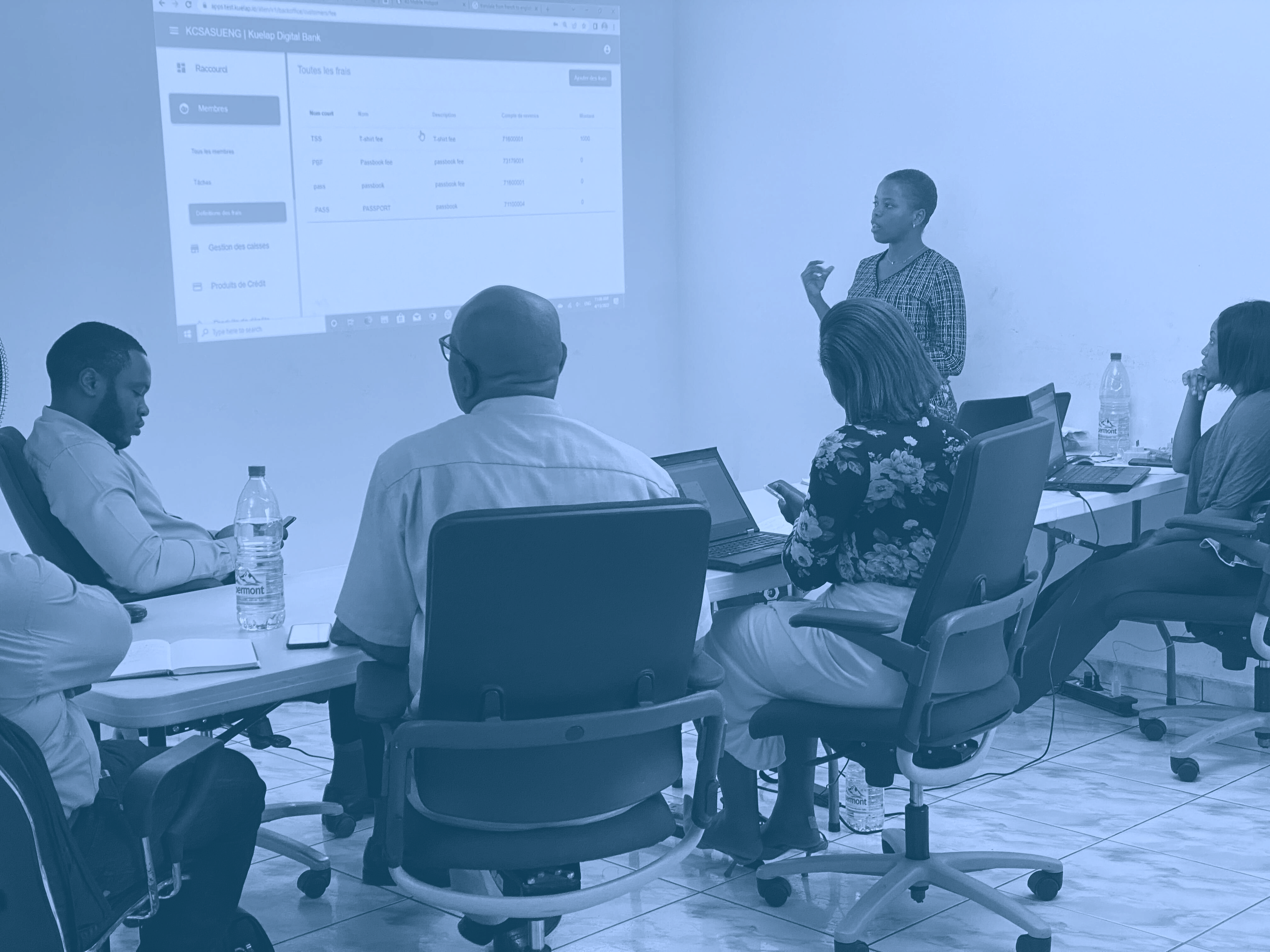Nexus technology
We offer a flexible pricing model based on the value we offer to you. We charge you a one time onboarding fee and a yearly maintenance fee. We also share all revenue generated from mobile banking with you 50/50


Cloud Migration
What is Cloud migration ?
A cloud migration is when a company moves some or all of its data center capabilities into the cloud, usually to run on the cloud-based infrastructure provided by a cloud service provider such as AWS, Google Cloud, or Azure.
As more and more companies have already transitioned to the cloud, cloud migrations are increasingly taking place within the cloud, as companies migrate between different cloud providers (known as cloud-to-cloud migration). But for those making the initial foray to the cloud, there are a few critical considerations to be aware of, which we’ll take a look at below.
What are the benefits of
migrating to the cloud?
Scalability – Cloud computing can scale to support larger workloads and more users, much more easily than on-premises infrastructure.
Cost – Cloud providers take over maintenance and upgrades, companies migrating to the cloud can spend significantly less on IT operations. They can devote more resources to innovation – developing new products or improving existing products.
Performance – migrating to the cloud can improve performance and end-user experience. Applications and websites hosted in the cloud can easily scale to serve more users or higher throughput, and can run in geographical locations near to end-users, to reduce network latency.
Digital experience – users can access cloud services and data from anywhere, whether they are employees or customers. This contributes to digital transformation, enables an improved experience for customers, and provides employees with modern, flexible tools
Cloud migration strategies
Rehost. Rehosting, or ‘lift and shift,’ involves using infrastructure-as-a-service (IaaS). You simply redeploy your existing data and applications on the cloud server.
Refactor. Refactoring, or ‘lift, tinker, and shift,’ is when you tweak and optimize your applications for the cloud. In this case, a platform-as-a-service (PaaS) model is employed.
Revise. Revising builds upon the previous strategies, requiring more significant changes to the architecture and code of the systems being moved to the cloud.
Rebuild. Rebuilding takes the Revise approach even further by discarding the existing code base and replacing it with a new one.
Replace. Replacing is another solution to the challenges that inform the Rebuild approach. The difference here is that the company doesn’t
What are the 4 step
cloud migration process?
Cloud Migration Planning One of the first steps to consider before migrating data to the cloud is to determine the use case that the public cloud will serve. Will it be used for disaster recovery? DevOps?
Migration Business Case Once you have determined your business requirements, understand the relevant services offered by cloud providers and other partners and their costs. Determine the expected benefits of cloud migration along three dimensions: operational benefits, cost savings, and architectural improvements.
Cloud Data Migration Execution Once your environment has been assessed and a plan has been mapped out, it’s necessary to execute your migration. The main challenge here is carrying out your migration with minimal disruption to normal operation, at the lowest cost, and over the shortest period of time.
Ongoing Upkeep Once that data has been migrated to the cloud, it is important to ensure that it is optimized, secure, and easily retrievable moving forward. It also helps to monitor for real-time changes to critical infrastructure and predict workload contentions.

Business Intelligence
What is Business Intelligence or BI?
Business intelligence (BI) combines business analytics, data mining, data visualization, data tools and infrastructure, and best practices to help organizations to make more data-driven decisions.
In practice, you know you’ve got modern business intelligence when you have a comprehensive view of your organization’s data and use that data to drive change, eliminate inefficiencies, and quickly adapt to market or supply changes.
Some examples of popular BI tools; are Yellowfin, MS Power BI, Salesforce’s Tableau, etc. At Kuelap Africa, we opted for the powerful data visualization and decision drive BI tool Yellow Fin because we believe that it provides decision-driven data to Financial institutions.
Become a data driven Financial instituion ?
In the 21st century, the new gold is ‘Data’. So, the person who can collect, interpret, analyze and understand data is wealthy.
Our BI tool Yellow fin can help financial institutions make better decisions by showing present and historical data within their business context.
A full stack solution for business analyses
Our analytic solution can easily enable business analysts to spot market trends to increase sales or revenue. Used effectively, the right data can help with anything from compliance to hiring efforts.
Business analyses on the fly,
As a manager of an MFI, you can access business intelligence anywhere, anytime, and on any device and make informed data-driven decisions on the fly.

Services
Kuelap Africa is client-driven, meaning that our clients have the primary decision-making role in identifying their needs, preferences and a shared decision-making role in determining the services and supports that are most effective and helpful for them.
We offer the following services:
- Data cleaning and migration
- End user training
- Follow up and customer support
- Website development
Data cleaning and migration
We collect clients’ data from their old system and migrate it to the Kuelap platform. Our team of experienced migration specialists carefully cleans and migrates this data to Kuelap Nexus.
End user training
Our experienced service delivery specialists onboard clients on our system.
Follow up and customer support
After training, our service delivery specialists ensure the client uses Kuelap Nexus effectively. And, we provide 24/7 support to our clients.
Business Intelligence

Digital banking
Kuelap Nexus is a digital banking platform built around an integrated general ledger and a fully configurable core banking system.
Mobile delivery
Kuelap Nexus is ‘Mobile-First’, to better serve current customers and reach new customers.


Fintech innovations
Kuelap Nexus’s modern design allows for fast and easy connectivity to the expanding world of new financial services.
CONTACT US
Yaounde
Derrière Usine Bastos
info@kuelap.io
657 025 470
Douala
Bonapriso Immeuble IPN
info@kuelap.io
657 025 470
Buea
First Trust Building Great Soppo
info@kuelap.io
657 025 470
